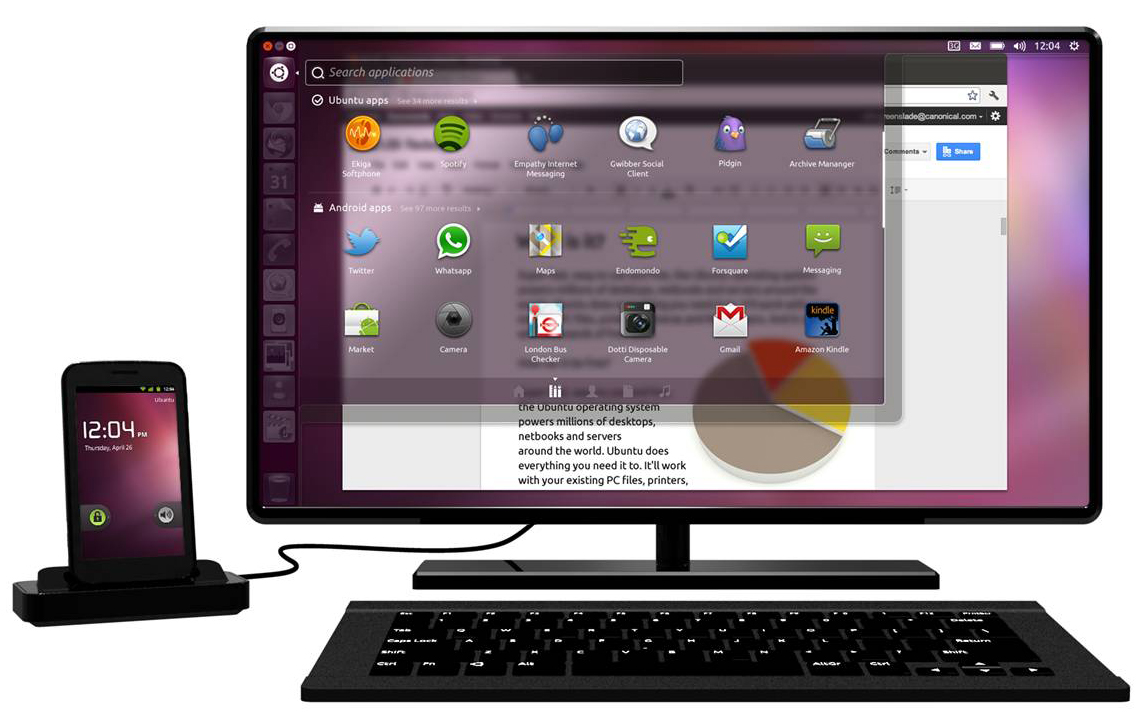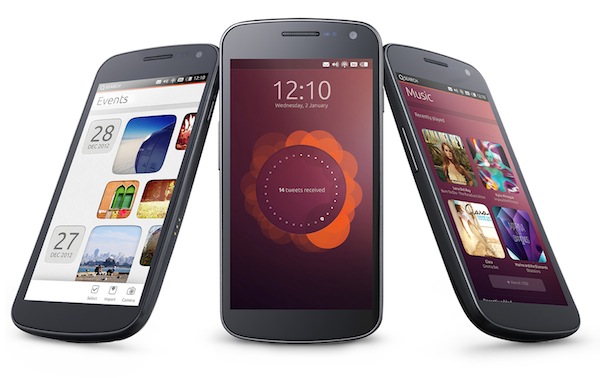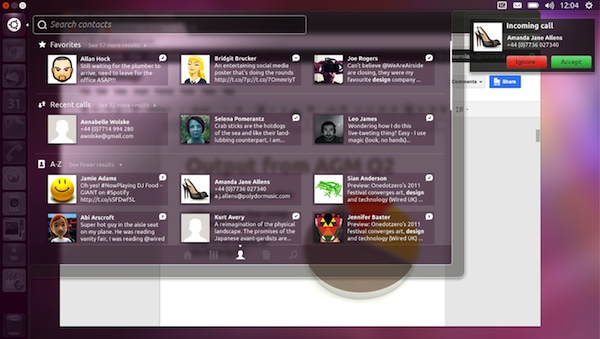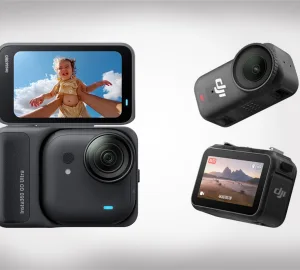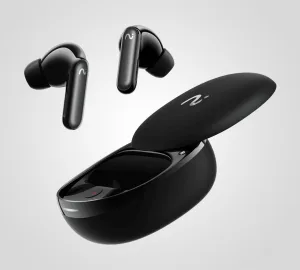2 minute read
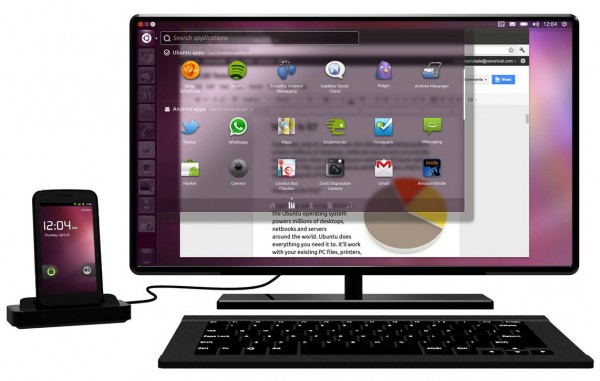
A few days ago, Ubuntu, had placed on its official website a countdown. This was accompanied by the enigmatic phrase “so close you can almost touch it.” For many it meant the imminent release of a version of the system especially designed for touch-based phones and tablets.
The company cut short the rumors and gave the go-ahead for its system Ubuntu Mobile Phone OS. The system features a new ergonomic UI, making use of the four corners of the unit to be able to perform certain actions; such as quickly switch between running applications, finding your favorite apps or returning to the previous screen. Canonical explains on its website to have integrated a universal search engine to find apps, content or products. It is therefore akin to the search engine Ubuntu Desktop.
By default, the system embeds the classical email applications, SMS, camera, gallery, music player, mapping service or calculator and alarm clock. Canonical also offers its cloud service “Ubuntu One”. Ubuntu Phone OS accepts native applications but also other technologies developed through HTML5. This will take advantage of the smartphone’s screen by only using the control buttons on user request. Of course, Canonical provides the necessary information for developers wishing to deploy their own applications.
Canonical aims entry market phones but also upscale. More specifically, the system runs on devices with Cortex A9 chip clocked at 1 GHz with 512 to 1 GB of RAM, but also on smartphones or quad core with an Atom. The best models will be able to make a convergence with the release of Ubuntu desktop. Concretely this means that Canonical has revised its system for Ubuntu Android to apply on its own mobile OS.
To recall, in February 2012, a few days before the opening of the Mobile World Congress, Ubuntu for Android was introduced. The company then tried to approach the telephony market in an original way. Rather than designing a mobile edition of its system, the publisher wants to negotiate with various manufacturers to ship Ubuntu directly in the firmware of the smartphone. Once the unit is connected to HDMI on a TV screen, the OS will automatically be loaded with the ability to synchronize its data on Android applications within Ubuntu.
More info: http://www.ubuntu.com/devices/phone



